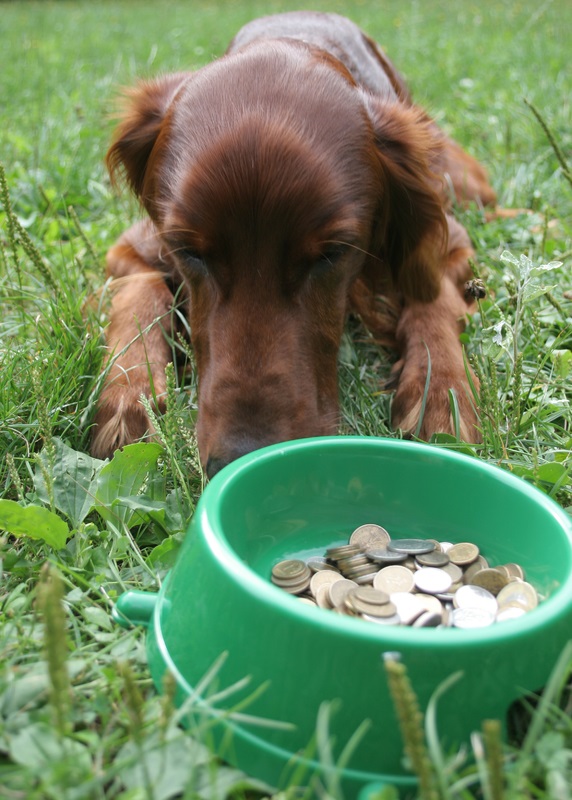Was your tax bill in January a shock? Were you scrabbling around to find the money to pay it – or not able to pay it all in one go? This blog sets out how to budget for your personal tax bill so you are prepared next January.
The best way to budget is to pretend that you are employed. One of the big advantages of employment is that your income tax is taken out of your pay via PAYE before you receive it. You don’t have to worry about putting money aside, as it is done for you.
Putting a chunk of money aside each month from your self employment income is important to save for your tax bill.
The big questions is how much do you need to put aside? This will depend on your personal circumstances but there are some general steps to follow to work out how much to save:
1: Allocate your Personal Allowance
We all have a Personal Allowance – this is the amount we can earn before we pay income tax. In 18/19, this amount is £11,850 and for 19/20 it will be £12,500. If you are employed as well as being self-employed, your personal allowance is used against this income first, and anything left is used against your self-employment. So, if you have employed income of £8,000 per year, you won’t pay tax on this, as you have used £8,000 of your personal allowance against it, leaving £3,850 this year to set against your self-employment.
If you are only self-employed, then you have the whole personal allowance to use against business profit.
2: Estimate your profit
You pay tax on your business profit – not your sales. So you need to have an idea what your profit is, to be able to estimate your tax bill. This is one of the reasons cloud-based accounting packages are useful, as you can see at any time the profitability of your business in real time.
If you not using an accounting package, then you need to estimate your profit by taking into account the costs of the business. It doesn’t need to be 100% accurate at this stage, as you are only using it for guidance.
3: How much to put aside?
You have 2 amounts to pay on your profit.
- Income tax – currently at 20%
- National insurance. Being self employed you pay a flat rate of £146 for this year (class 2 NIC), but then you also pay class 4 NIC of 9% of your profit over £8060. This often gets forgotten and can be a reason why your tax bill is higher than expected at the year end.
So in broad terms, you pay 29% in tax and NI of your business profit, after fully utilising your personal allowance. For some, putting aside 30% of estimated profit is a good way of ensuring their tax bill is covered.
If this is your first year of self-employment, or you have earned more profit this year than last, then you do need to think about payments on account of tax.
I have explained these in more detail in another blog (https://wilkinsco.co.uk/payments-account-tax) but in basic terms, self-assessment works on a system where we pay tax during the tax year on account of the current tax year. We make payments in January and July on account of the tax year we are in. If your first year of self-employment is coming to an end at 5 April 2019, you will calculate your profit and pay the tax due on that profit at 31 Jan 2020.
BUT at that time, you will also pay your first payment on account of your 19/20 tax bill, and that is calculated as half your tax bill for 18/19. So at 31 Jan 2020, you have a double whammy and pay 150% of the tax you thought you were going to pay. This is where you can be caught out if you haven’t budgeted as you go along!
Top Tips for Budgeting for your tax bill
- Get into the mind set that even though it’s in your bank account, it’s not all your money.
- Have a separate bank account for your every day business transactions (a good idea for SO many reasons!)
- Have a separate bank account where you save for your tax bill (any bank account will do)
- Put something aside each month – putting 25-30% aside is generally sufficient,but think about payments on account in your first year of business. Remember- putting anything aside is better than nothing!
- Once you have put it aside – forget about it. Don’t dip into just because it’s there – you won’t thank yourself in January!
- Use cloud accounting – not only will this help you estimate your tax bill, it makes your bookkeeping during the year so much easier
- Get your tax return done early. Doing it as soon as you can after the end of the tax year (5 April) will mean you know what you are going to owe the following January. And your accountant will love you!
For more information, or for help with your sole trader accounts and your tax return, contact Rosie Forsyth at Wilkins & Co.

